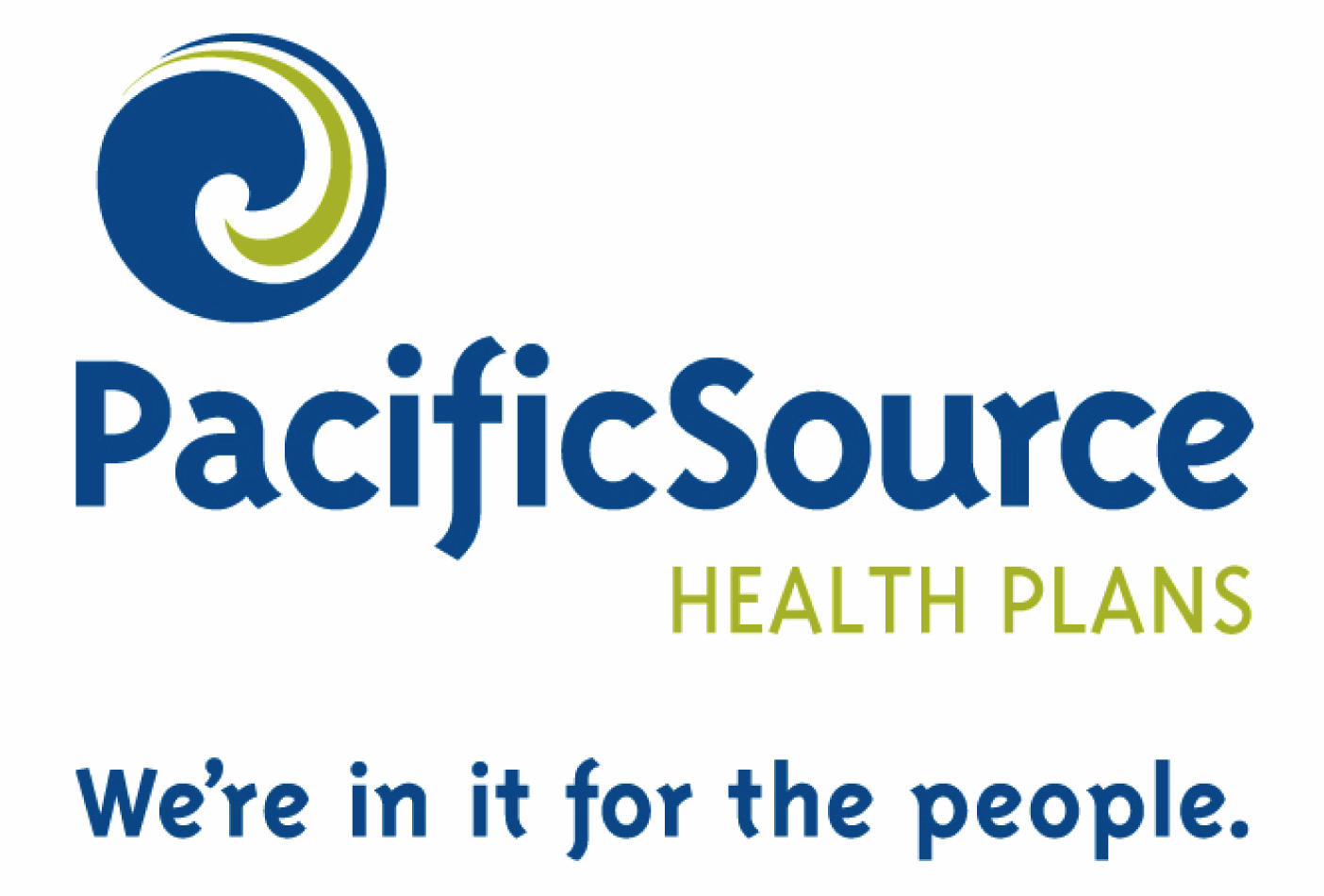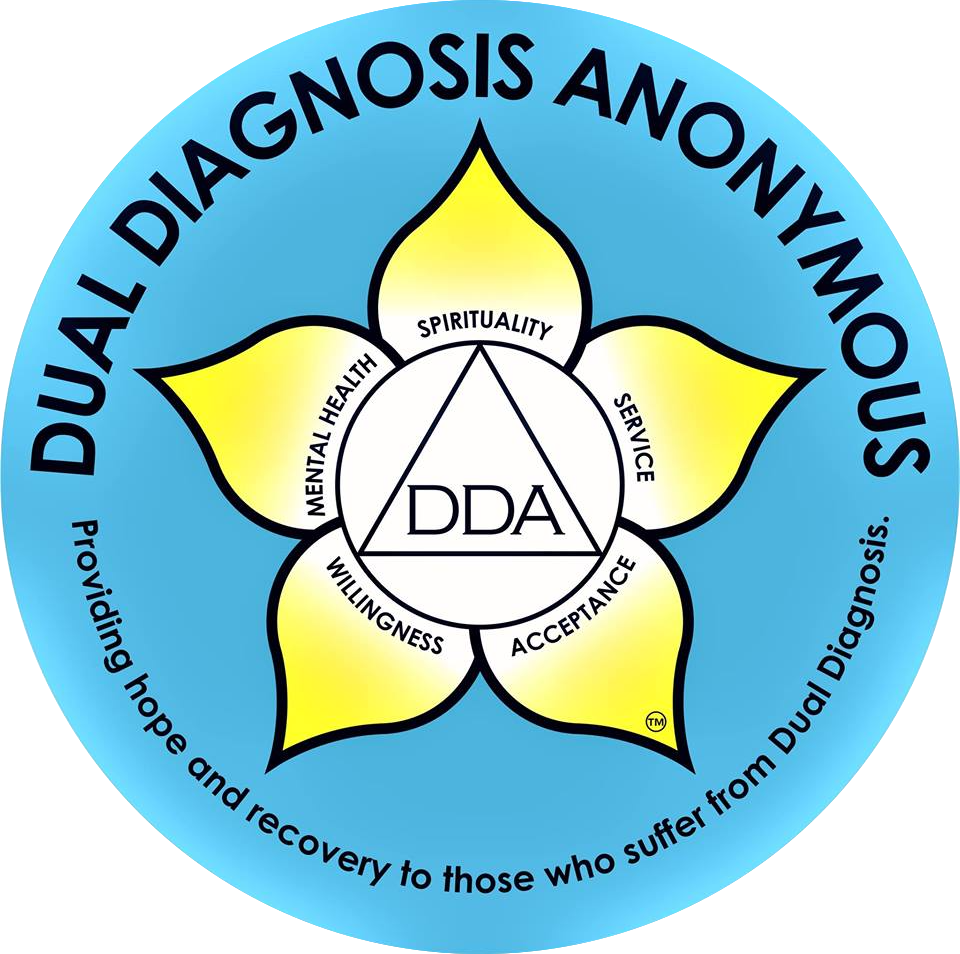In 2006, a statewide process of robust community engagement resulted in a set of principles to drive health reform:
- Equity
- Financing
- Population Benefit
- Education
- Choice and Dignity
- Effectiveness
- Efficiency
- Explicit Decision-Making
- Transparency
- Economic Sustainability
- Aligned Financial Incentives
- Wellness
- Community-based
- Coordination
Over a period of six months, more than 3,000 people took part in crafting and refining the list above and their meanings below.
- Equity. All individuals must be eligible for and have timely access to effective treatment for at least the same set of essential health conditions.
- Financing. Financing of the health care system must be equitable, broadly based and affordable.
- Population Benefit. The public must be engaged in identifying priorities to optimize the health of Americans.
- Responsibility. Responsibility for optimizing health must be shared by individuals, employers, health systems and communities.
- Education. Education is a powerful tool for health promotion. The health care system must promote and engage in education activities for individuals, health systems and communities.
- Choice and Dignity. Health care and health promotion systems must provide services in ways that support choice and dignity for individuals.
- Effectiveness. The relationship between specific health interventions and their desired health outcomes must be backed by unbiased, objective medical evidence when possible. When evidence based practice is not possible, health interventions and their desired outcomes must reflect successful clinical practice.
- Efficiency. The administration and delivery of health services must use the fewest resources necessary to produce the most effective health outcome.
- Explicit decision-making. Decision-making will be clearly defined and accessible to the public, including lines of accountability, opportunities for public engagement and how public input will be used in decision-making.
- Transparency. The evidence used to support decisions must be clear, understandable and observable to the public.
- Economic sustainability. Health service expenditures must be managed to ensure sustainability over the long term, using efficient planning, budgeting and coordination of resources and reserves, based on public values that respect the inherent worth of all Americans and recognizing the impact that public and private health expenditures have on each other.
- Aligned financial incentives. Financial incentives must be aligned to support and invest in activities that will achieve the intent and objectives of this effort.
- Wellness. Health and wellness promotion efforts must be emphasized and strengthened.
- Community-based. The delivery of care and distribution of resources must be organized to take place at the community level, unless outcomes or cost can be improved at regional or statewide levels.
- Coordination. Collaboration, coordination and integration of care and resources must be emphasized throughout the health system.
From this set of agreed upon principles, we moved forward with creating a framework for reform.










Recent Comments